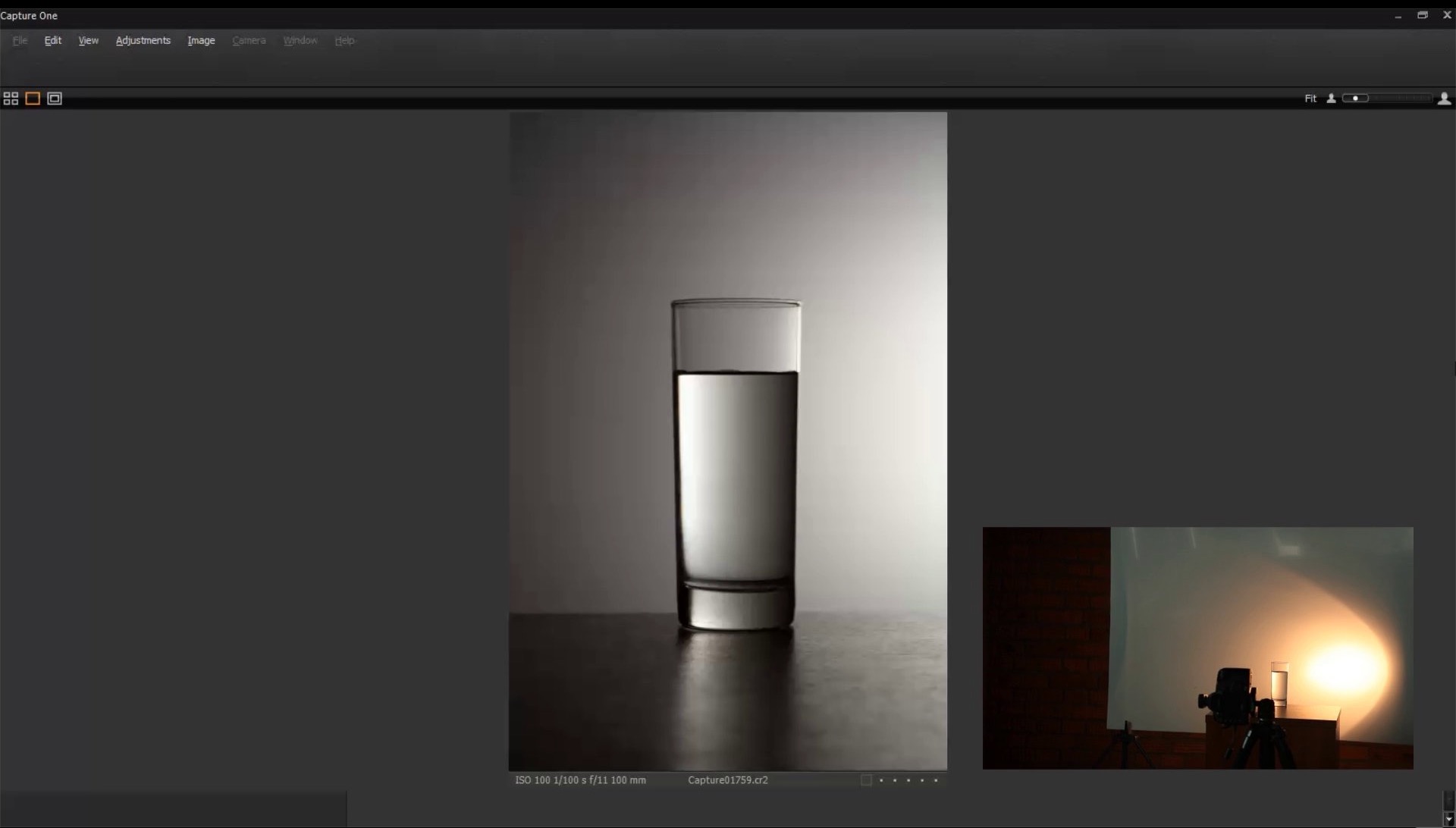

Umbrellas: A shoot through umbrella is a type of diffuser, similar to the look of a softbox.

If you don’t know what type of light modifier to get, get a softbox or diffuser. Diffusing the light makes it possible to take an image without that obvious flash look, yet still creates a catchlight, prevents a silhouette or any number of different scenarios. Softboxes and other types of diffusers soften the light, creating a more gradual transition between the light and dark areas of the image.

Speedlights, strobes and continuous lights all tend to have varying strengths, that is, they put out a different amount of light, measured in watts for studio lights and in the distance the light can reach for speedlights. Get ready for gifting season with up to $150 off our top selling classes for a limited time! Shop now. Continuous lights are often popular for product photography. (Some strobe lights, however, do have a continuous mode to use while setting up the position of the light). For beginners, continuous lights are often easier to work with because you see the light in real time, rather than adjusting, taking a picture with flash, then adjusting again. When shooting portraits, strobe lighting will also make a subtle difference in the subject’s eyes because the burst of light won’t make the pupils larger, leaving more of the color of the iris in the image.Ĭontinuous lights may be less powerful, but they are often affordable - and a must if you are shooting videos rather than stills. Because strobe lights are only putting out light for a short burst, they tend to be more powerful than continuous lights. If you’re leaning towards those studio-style lights, you have another decision to make: strobe lighting or continuous lighting? A strobe light has that traditional camera flash with a quick burst of light, while continuous lights are on all the time. What’s the difference between strobe lighting and continuous lighting? Join photographer Chris Knight to learn more.

Push yourself to incorporate new photography lighting techniques to expand your photographic style. But these lights answer many of the negatives of using a speedlight because they offer more power and have faster recycle times. Continuous or strobe lights are significantly larger than speedlights because along with packing the actual light, many require separate battery packs to bring along as well. Studio style lights are larger, but with battery packs, many of them can be used in the studio or on site. (That last one is a tech spec referred to a recycle time). They don’t reach as far as studio lights or light stands, the light isn’t as strong and they can take longer to be ready for that next flash of light. Wedding and sports photographers tend to favor speedlights because of that portability, as well as the flexibility since the same light can also be mounted on-camera. With an off-camera wireless flash system, speedlights can do much of the work of studio strobes. Studio-based photographers are going to pick up different lighting kits than photographers that need to not only easily carry the lighting gear far from any electrical outlet.Ī speedlight or flash is often the best photography lighting that’s on-site because of the portability. One of the first questions photographers need to ask before investing in lights is whether or not those lights need to be portable. What’s better, a speedlight or studio lights?


 0 kommentar(er)
0 kommentar(er)
